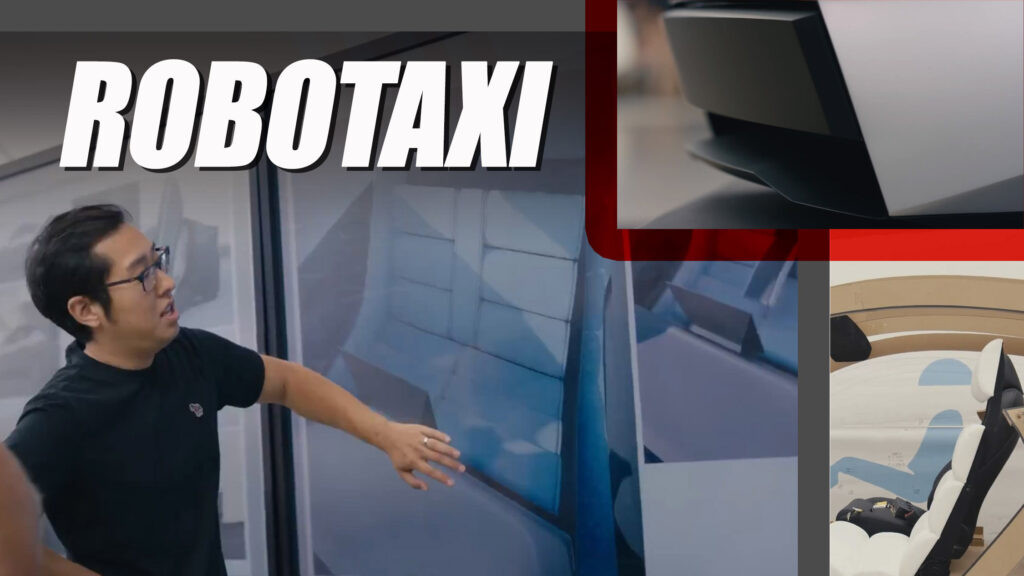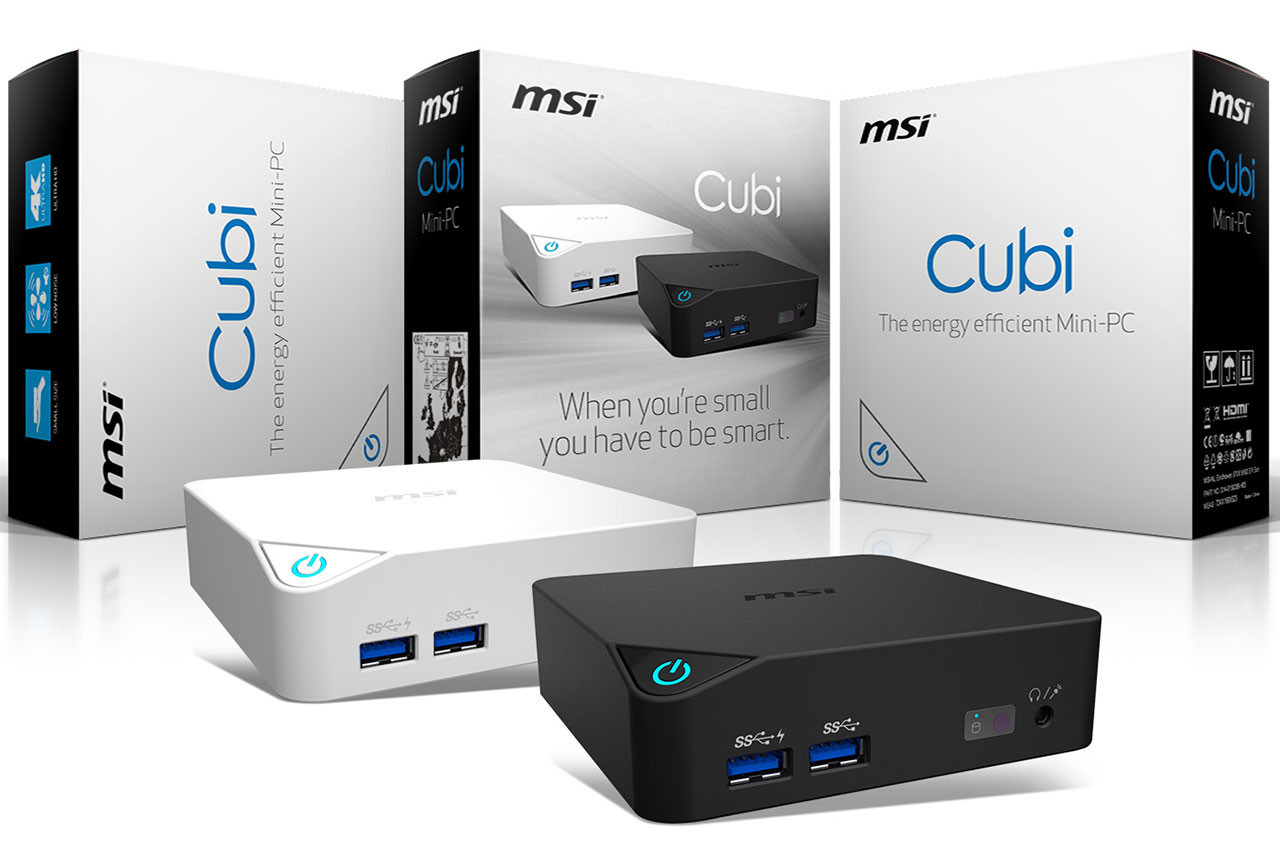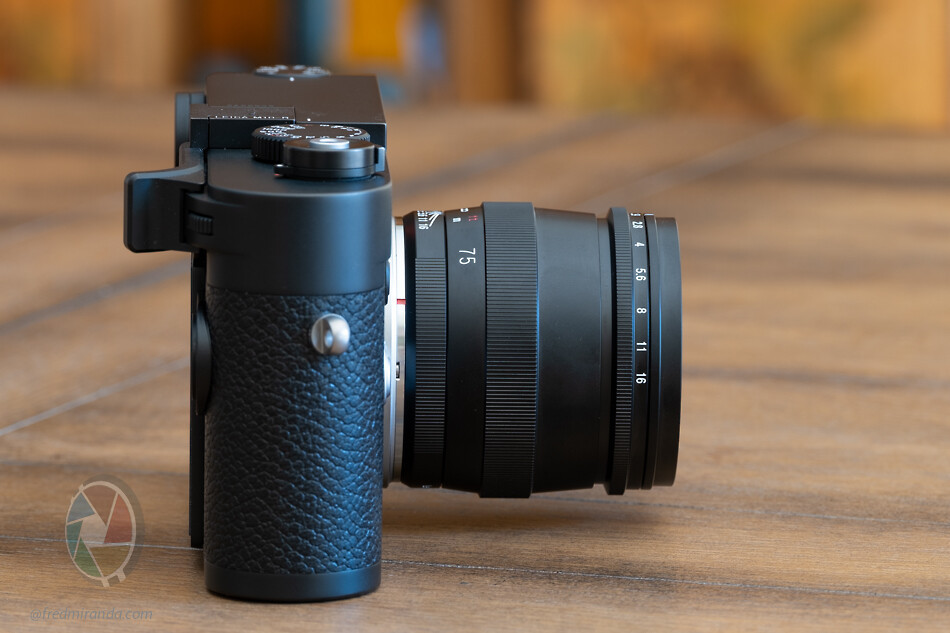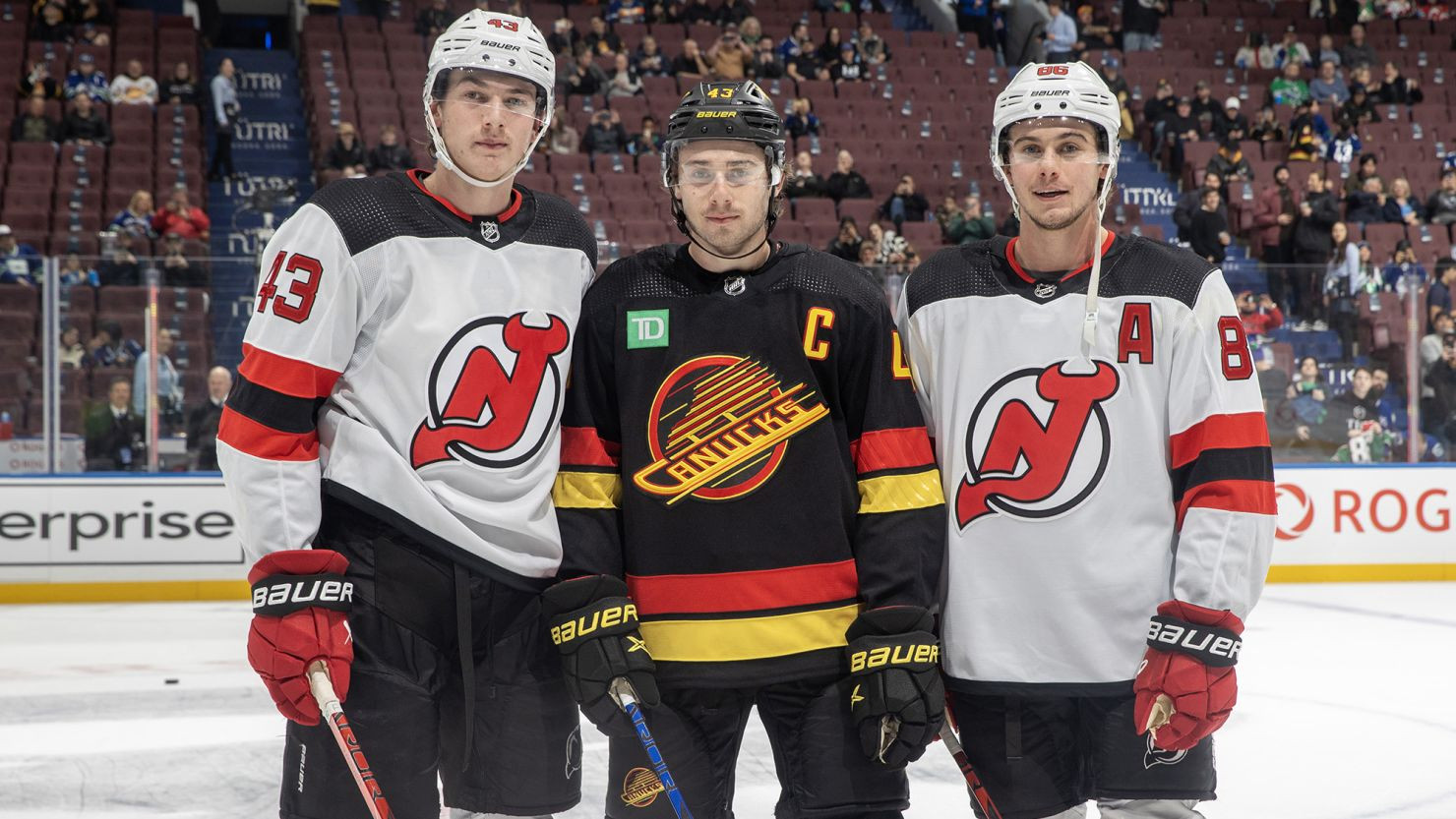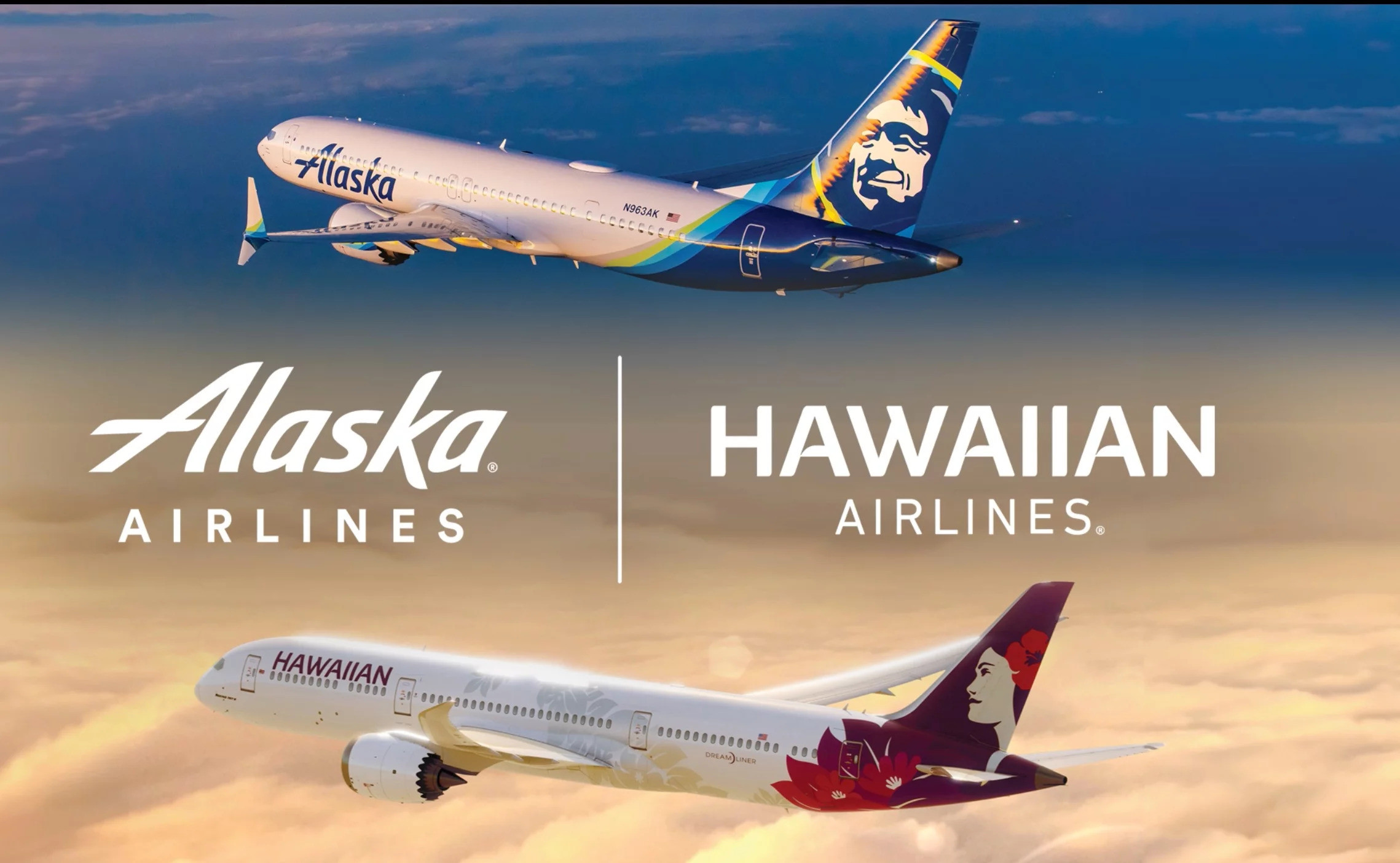Tesla CEO Elon Musk unveiled a new electric vehicle dedicated to self-driving, a possible milestone after years of false promises and blown deadlines. The robotaxi, officially dubbed the Cybercab, is a purpose-built autonomous vehicle, lacking a steering wheel or pedals, meaning it will need approval from regulators before going into production. The design was futuristic, with doors that open upward like butterfly wings and a small cabin with only enough space for two passengers. There was no steering wheel or pedals, nor was there a plug — Musk said the vehicle uses inductive charging to regain power wirelessly.
Musk is attempting to steer Tesla away from its core business of making and selling EVs toward one that produces robots and AI. Tesla’s market cap is equal to almost all the other global automaker’s value combined. Much of the company’s stock price is based on Musk’s yearslong promise to solve autonomy by releasing a truly revolutionary vehicle that can drive itself anywhere it wants.
Whether Tesla’s robotaxi will accomplish that steep task is anyone’s guess. Musk has a reputation for defying the odds, but AV experts have routinely questioned Tesla’s approach to the technology, especially with regard to the company’s aggressive push for Level 2 advanced driver-assist systems like Autopilot and Full Self-Driving (Supervised).
Those features, which are not autonomous and require a driver to stay vigilant at all times, can be impressive but have also been known to make critical errors. Earlier this year, a 28-year-old motorcyclist was killed by a Tesla driver allegedly using FSD. Tesla has been forced to recall both of its driver-assist systems in the face of increased government scrutiny over the company’s autonomy claims.
But Musk has a track record of coming from behind to pull off impossible victories. The Model 3 production and the early success of the Cybertruck are two recent examples of Musk defying expectations. During the event, Musk pitched the idea of autonomous cars as primarily a time-saver. “Think about the cumulative time that people spend in a car,” he said, “and the time they will get back that they can now spend on their books or watching a movie or doing work or whatever.”
Musk said that autonomous cars are expected to be 10-20 times safer than human-driven vehicles and could cost as low as $0.20 per mile, compared to the $1 per mile for city buses. He also noted that the Cybercab is expected to be priced under $30,000. Tesla plans to launch fully autonomous driving in Texas and California next year, with the Cybercab production by 2026 — although he said it could be as late as 2027. Additionally, Tesla is developing the Optimus robot, which could be available for $20,000-$30,000, and is capable of performing various tasks.
Still, Tesla is lagging behind companies like Waymo and Cruise, both of which have racked up millions of miles of on-road testing with their driverless vehicles. To be sure, robotaxis have had a bumpy rollout, with numerous incidents of blocked vehicles, traffic jams, and even a handful of injuries. Federal safety regulators are probing several major players to discern whether the technology powering these vehicles is safe or should be recalled.
The families of Tesla drivers who have been killed in crashes involving Autopilot have sued the company for wrongful death. And Musk’s tenure as head of X, formerly Twitter, has alienated many of Tesla’s progressive-leaning customers, who have watched in horror as he promotes right-wing conspiracy theories on the platform.
Cybercab: A Pivotal Moment for Tesla
Tesla Robotaxi Day is set to be the company’s “pivotal” moment that will launch a “new chapter” in the story of the world’s most valuable automaker. Wedbush analyst Dan Ives says Tesla’s upcoming event is one that will be pivotal and change the outlook for the company. No longer will analysts look at just deliveries and production figures and an expanding lineup for bullish sentiments. Now, there will be more focus on self-driving, something Tesla investors have long been waiting for the market to recognize as one of the company’s biggest strengths.
Ives says Wedbush is expecting “key updates around the company’s projections on Cybercab scaling, overall cost per mile, a Tesla ride-share app, and a Generation 1 demo on the premises of the breakthrough technology designed to revolutionize transportation.” If Tesla comes through on these things, it will make for an event that can widely be considered a success.
The Future of Mobility: A Bold Vision
Although expectations are relatively tempered, and some are even expecting a more technical event, it is still likely that enough will be revealed that investors should be encouraged. Ives said in his note to investors: “We believe this is a pivotal time for Tesla as the company prepares to release its years of Robotaxi R&D shadowed behind the curtains while Musk & Co. lay out the company’s vision for the future. We remain confident in the Tesla story, which has proven successful many times over the years, and we look forward to this long-awaited event as the next evolution of transportation unfolds. There are clearly a number of hurdles and questions the industry/investors want to hear about, including insurance, cost of the vehicle, timing, regulatory approval timeline, and overall operations, among other issues.”
A New Era of Transportation
Tesla Robotaxi Day is a significant event for the company and the future of transportation. It remains to be seen whether Tesla’s robotaxi will succeed, but the company has certainly set the stage for a groundbreaking moment. With the Cybercab, Tesla is taking a bold step towards a future where autonomous vehicles are commonplace. The success of this ambitious undertaking will shape the automotive industry for years to come.
What’s Next for Tesla?
The Cybercab is just one part of Tesla's ambitious vision for the future. The company is also developing other technologies that could revolutionize the way we live and work, such as the Optimus robot. While there are challenges ahead, Tesla’s dedication to innovation makes it a company to watch in the years to come. The future of transportation is likely to be dominated by electric vehicles and autonomous driving, and Tesla is at the forefront of this change. The company's commitment to pushing the boundaries of technology, even if it means facing setbacks and scrutiny along the way, is a testament to its determination to create a better future for all.




